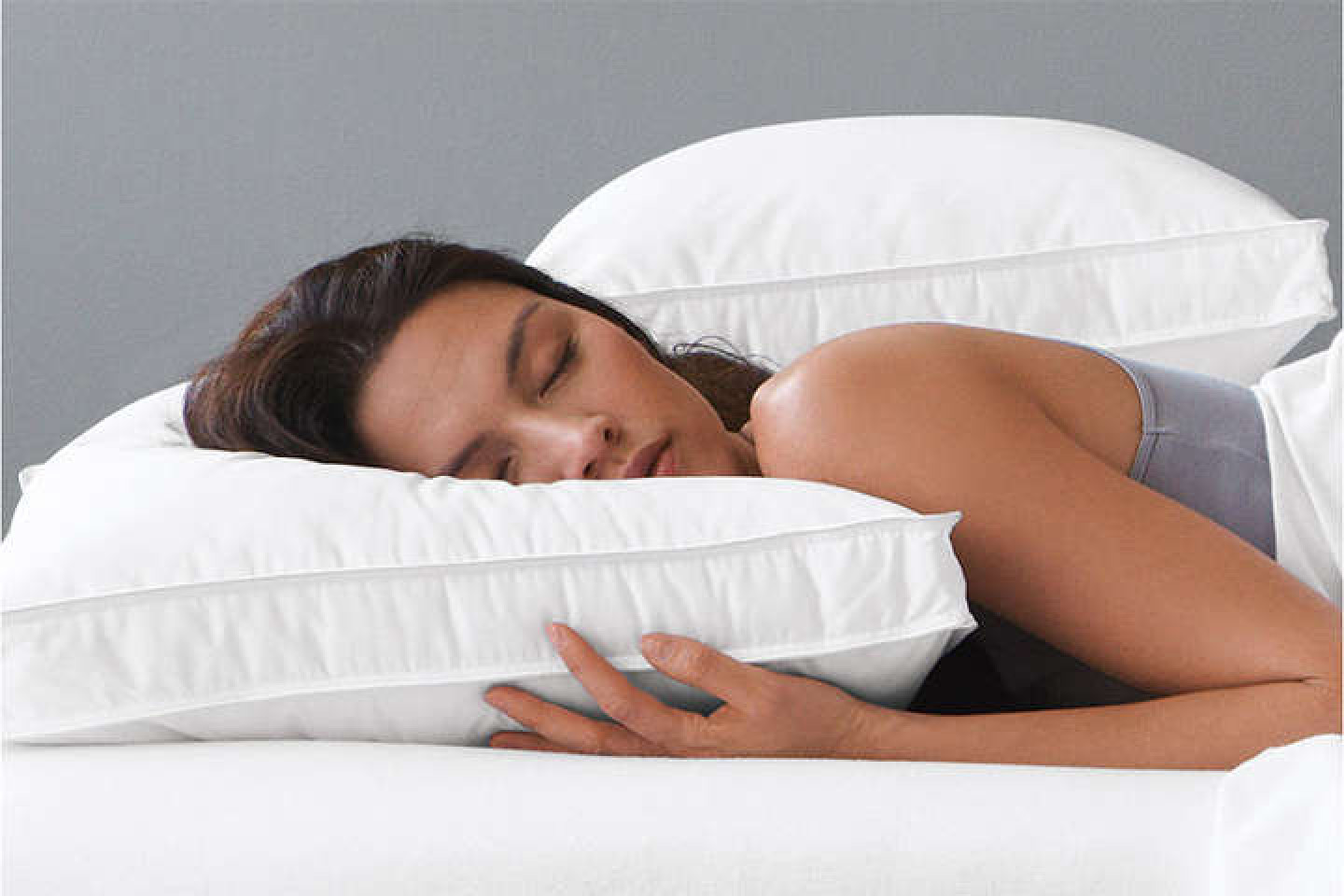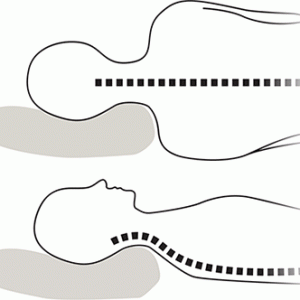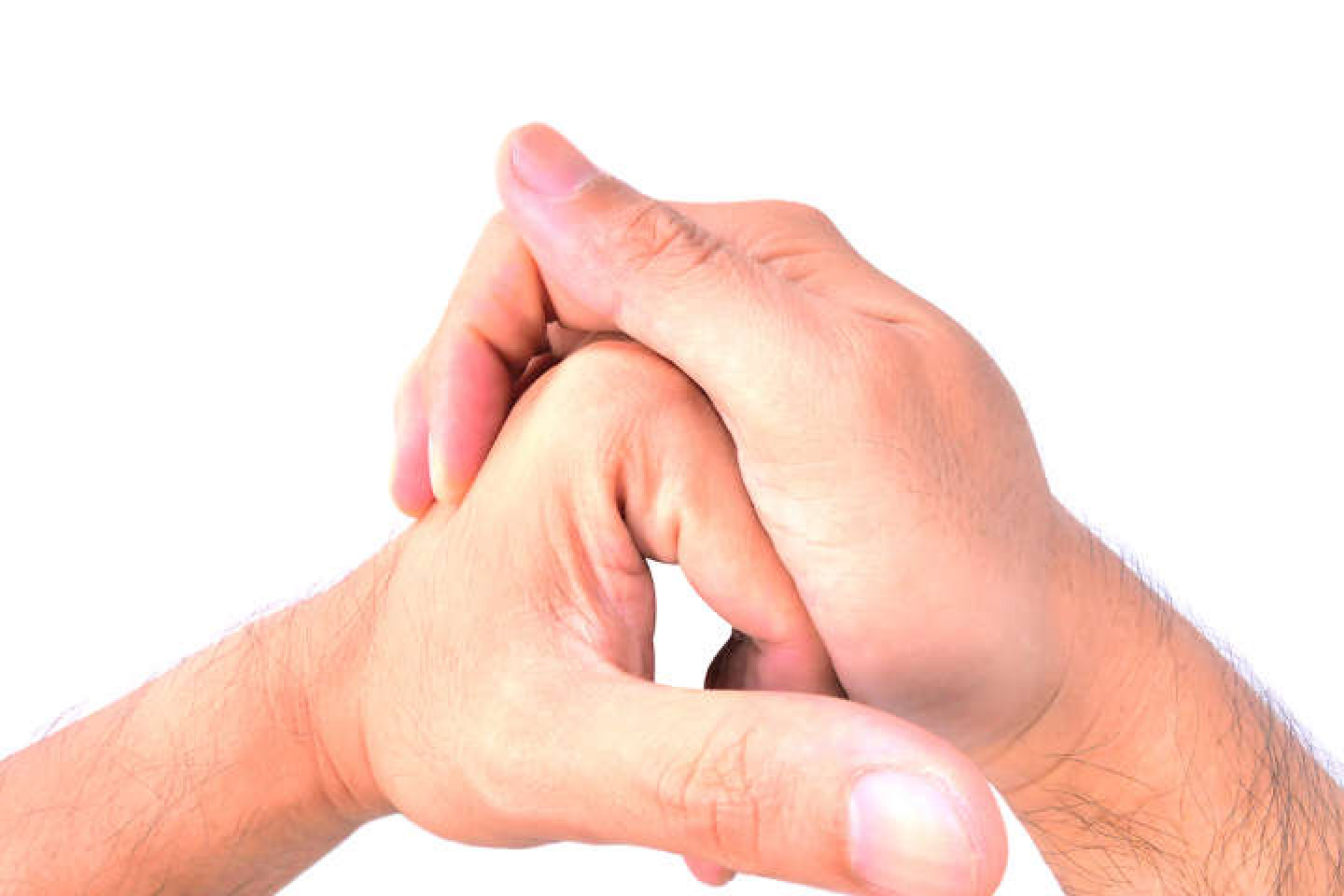How to choose your mattress?
We spend two hundred thousand hours in our bed, roughly one-third of our life and the quality of our sleep is essential for our mood, well-being and health.
We turn something like 40 times each night, so we don't sleep in the same single position. Some prefer to sleep on their back and others on their side. As you probably know, it is not recommended to sleep on your stomach as it creates a large amount of strain on your cervical spine.
You may think your bed is too old and time to change it. Bed stores are quite well-minded, and they will be happy if you try these tips:
- Lie on your back and pass your hand under your lower back arch. If there is no problem, the mattress could be too firm. It should provide good firm support but with enough softness so that your musculature can release.
- Turn on your side and push down the mattress with your elbow. If it's too deep, it may be too soft. You may think it's comfortable, but your back won't like it, especially if you hhave suffered from it.
- Lie in your favourite position and try to feel your muscles between your shoulder blades and pelvis released.
We should change our bed every ten years, whatever its purchase cost. It is important to be aware that mattresses made with springs will lose some of their properties sooner than latex ones.
Don't hesitate to ask for more information from your chiropractor. Chiropractors are experts in spine health and will advise the sort of mattress that you need according to your spine needs when they are assessed. It is simple to choose a bed when you have the correct information.





